The UAP Design Excellence Awards 2026
Architecture, at its core, is the art of framing light — of turning the invisible into form, and the formless into experience.
In this concept, the diamond becomes the metaphor and material expression of universality, artistry, and vision.
THE THREE PILLARS
The UAP Design Excellence Awards focus on three fundamental, interlinked themes to identify achievements for a broad range of architectural activity and establish a standard of excellence. The winning projects will be promoted as premier examples of design excellence in and outside the country.
UAP Core Evaluation Themes (Post-2020 Mandate)
Projects completed since 2020 (five years prior to the year of awarding) are evaluated against a high bar that demands a seamless synthesis of these three pillars:

VISION
Architecture for the Future
Vision assesses the project’s capacity for forward-thinking innovation and its success in addressing the most critical needs of the time, including resilience, sustainability, and technological integration. It recognizes buildings that anticipate future demands, propose new typologies, or offer exemplary solutions to complex socio-environmental problems.
Key Criteria:
Innovation and Technology:
Demonstration of new ideas in design, construction, and materials. This includes the effective and ethical integration of digital tools, building information modeling (BIM), smart technologies, and local construction techniques to achieve superior performance.
Example Focus:
Adaptive reuse, modular construction, or pioneering use of local, sustainable materials.
Resilience and Sustainability:
Commitment to the United Nations Sustainable Development Goals (SDGs) and local environmental mandates. Projects should demonstrate low environmental impact, resource efficiency, and the ability to withstand future climate and disaster risks.
Example Focus:
Net-zero energy design, advanced passive cooling/lighting, and robust disaster functionality.
Programmatic Foresight:
The ability of the design to serve its intended function while also offering flexibility and adaptability for future, yet unknown, needs or changes in use, ensuring the building’s long-term relevance.

ARTISTRY
Cultural and Formal Expression
Artistry focuses on the architectural merit, aesthetic quality, and creative depth of the project. This theme celebrates the design’s ability to transcend mere utility, embodying a compelling narrative, a masterful command of form and space, and a profound connection to its cultural and physical context.
Key Criteria:
Formal Excellence:
Mastery in the composition of form, space, light, and material. This includes proportion, rhythm, scale, and the skillful resolution of architectural details that elevate the experience of the built environment.
Example Focus:
Thoughtful use of natural light, spatial layering, and meticulous craftsmanship.
Cultural and Contextual Resonance:
A design that draws from and enhances the local heritage, climate, and site. It reflects a deep understanding of Filipino identity, values, and vernacular architecture, translating them into a contemporary language.
Example Focus:
Creative reinterpretation of the bahay kubo or bahay na bato principles, or design that strengthens community identity.
Sensory Experience:
The successful orchestration of the human experience within and around the structure. This includes the tactile quality of materials, the modulation of light and shadow, and the creation of emotionally resonant spaces.

UNIVERSALITY
Impact and Inclusivity
Universality examines the project’s social relevance, accessibility, and positive impact on the community and public realm. This theme highlights architecture as a social art, celebrating designs that are inclusive, equitable, and capable of enriching the lives of a diverse range of users, regardless of background or ability.
Key Criteria:
Social Impact and Equity:
The degree to which the project contributes to the well-being and upliftment of the community. This includes providing high-quality, inclusive public spaces that promote social interaction and address issues of housing and community infrastructure.
Example Focus:
Public buildings, affordable housing, or community-led projects that foster a sense of belonging.
Accessibility and Inclusivity:
Adherence to and expansion upon Universal Design principles. Projects must be functional and safe for people of all ages, sizes, and abilities, ensuring dignity and equal access for everyone.
Example Focus:
Seamless integration of ramps, tactile indicators, clear signage, and varied height surfaces.
Public Realm Contribution:
The project’s positive effect on the surrounding urban or natural landscape. This involves thoughtful boundary transitions, landscape integration, and enhancing the pedestrian experience.
AWARD TIERS
Submissions are judged on the success with which they have met their individual requirements, opportunity, constraint, and budget. All entries must demonstrate exemplary skill and creativity in resolving and integrating formal, functional, and technical requirements, including ecological stewardship and social responsibility.
Award Tiers (Based on Total Score)
Total Score Range
90-100
Grand Excellence Award (Highest Honor)
A landmark project demonstrating mastery across all three themes.
Gold Medal
Building Marker
80-89
Award of Excellence
An outstanding project demonstrating superior quality and high achievement in all core themes.
Certification of Recognition
70-79
Merit Award
A commendable project representing a high standard of architectural practice and excellence in at least two core themes.
Special Mention during the DEA Event
